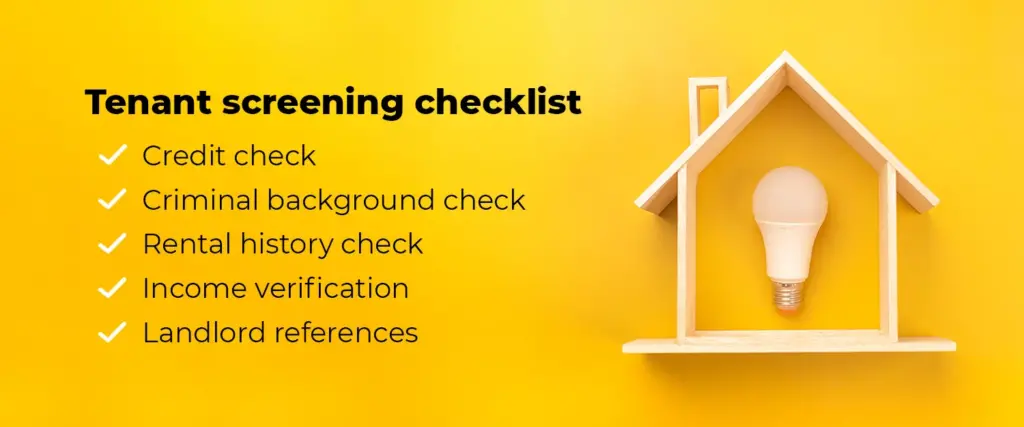Affordable housing has been a hot topic in Canada for some time now, with housing prices at an all-time high and three quarters (75%) of prospective homeowners saying that they cannot afford to be homeowners. Many younger generations are turning to renting, which can be an effective solution and more affordable the more roommates you live with to help even out the cost of monthly rent. Unfortunately, as it turns out, renting to numerous (unrelated) individuals can be a liability risk, and many insurers will refuse to insure a property occupied by three or more unrelated tenants.
Higher risks with unrelated tenants
Insurance is about risk, and as the industry evolves, underwriting becomes more precise as we build more and more data history. We can see, with more precise accuracy, what circumstances are likelier to result in a claim.
Statistically speaking, the more tenants, the higher the risk. It doesn’t matter how good a tenant you are. There are thousands of tenants in Ontario, so there’s bound to be a couple bad eggs that will inflate the risk for other good tenants. Sadly, that may mean those of us who are renting out a property to 3 or more tenants may have limited choices when insuring their properties.
What is a “rooming house?”
A rooming house is a term a company will use to refer to a rental when it’s rented out to three or more unrelated tenants. That unit is self-contained and is considered an accommodation with a kitchen and at least one bathroom. If any tenants should have to leave the unit to access either the kitchen or bathroom, then the unit is no longer considered a self-contained unit. Should you have a house with 2 units where there’s 2 tenants in the 1 unit and 1 in another, but they share a bathroom or kitchen, then it’s not self-contained and the unit would also be considered a rooming house.

*To note, each insurance company has its own guidelines and definitions for what constitutes as a “rooming house” so it’s important to check!
With a rooming house the risk becomes more commercial than residential, and not every insurance company would offer coverage for these types of risks. It’s simply a business decision that is made internally in every insurance company.
Signed annual leases
Another issue with multiple tenants is that oftentimes insurance companies will require each tenant have a signed annual lease. If there are multiple self-contained units, each unit will need to be occupied by a tenant with a signed annual lease. Some companies may even deny claims for damages if even one out of three of the tenants does not have a signed annual lease.
Why are related tenants lower risk?
The risk profile, and the definition of the property, shifts when the tenants are related. It boils down to what those tenants are doing on a day-to-day basis. Where three or more unrelated tenants might be doing anything independently, from running their own AC to even using too appliances for what an outlet is capable of handling, families are often more collaborative which means less risk of things being left unattended or forgotten.
Challenges for landlords when finding the right insurance
Finding landlord insurance for a rental property becomes that much more difficult if the number of tenants that you house changes the conditions of your risk profile. Landlords might be facing the following challenges when insuring a property with 3 or more tenants:
- Paying more for a commercial landlord policy
- Difficulty in finding comprehensive coverage
- Having to raise rent to offset insurance cost hikes – which could result in difficulties finding tenants who are willing to pay higher rent
How to reduce insurance risks as a landlord:
If you’re in a situation where you find yourself having to pay extra for niche coverage to insure a property with 3 or more tenants, you might be looking for ways to cut costs. Reducing your risk is a sure-fire way to mitigating your odds of a loss and qualifying for lower rates.
1. Require your tenants to obtain insurance
Tenant insurance is not a legal requirement in any province in Canada, but you as a landlord can make it a part of your rental agreement by containing it as a clause in your lease. If your tenant causes unintentional damage, yes, your landlord insurance could cover the property, but so could the liability portion of their policy if you choose to seek compensation that way. There would be minimal, if any impact on your premiums this way, and you could keep your record clean.
Requiring insurance can help filter out undesirable tenants, as those who do not meet the insurance qualifications may not be the ideal candidates for renting your property. Affordability should not pose an issue when it comes to tenant insurance. Therefore, if a prospective tenant expresses concerns about the additional cost, it might indicate financial stress. There are a lot of myths about tenant insurance, and it being expensive is one of them. If a tenant can’t afford insurance, they likely can’t afford rent!
2. Do most property maintenance work yourself (or hire a reputable company to do it for you)
If you want it done well, do it yourself. Maintenance and repairs are a critical part of rental ownership, and it also keeps your tenants happier (which can aid in retention.) Regular preventative maintenance is best done when you do it yourself, especially the menial tasks like checking for leaks or faulty pipes, scheduling regular pest control, ensuring all emergency alert equipment is functioning properly, and changing out all air filters regularly to ensure optimal HVAC performance.
However, if you don’t live near your rental property or there’s some tasks you’re unable to do, hire a reputable company to do it for you.
3. Screen tenants thoroughly
If you have prior experience as a landlord, you’re likely aware that tenants can sometimes pose challenges. Take the time to review each application carefully, and even consider creating a standard list of qualifications to judge each application.
Check for creditworthiness, criminal background, prior rental history, and income verification. You may even wish to request previous landlord references. The more reliable your tenants, the likelier you are to go without issue for the course of the renting period!

4. Adhere to all regulations
Adhering to regulations may not save you on your insurance, but it can save you from an unexpected lawsuit from accidentally breaking a law. That lawsuit in and of itself can cost you, big. Study all applicable provincial and federal laws regarding rentals before you make an ad for tenants.
Remember as well that your regulations could change by city, so it’s worth checking landlord-tenant specific laws for your local area as well.
5. Hire a professional property manager
While this might seem like an added cost, hiring a property manager can save you both time and money in the long run. Some property management fees, and operating expenses may also serve as a tax-write off for your rental. It also relieves you of a lot of unwanted responsibilities, such as rent collection, maintenance, tenant screening, and more.
A Mitch Insurance broker can discuss your landlord insurance with you if you need more information, especially for obtaining coverage for a property housing 3 or more tenants. Give us a call today.
Thanks to Mitch Insurance’s Jesica Ryzynski, registered insurance broker since 1997, for reviewing this post.
Looking for landlord insurance?
Speak with a Mitch Insurance broker today to get a quote on landlord insurance in Ontario.
Call now
1-800-731-2228







